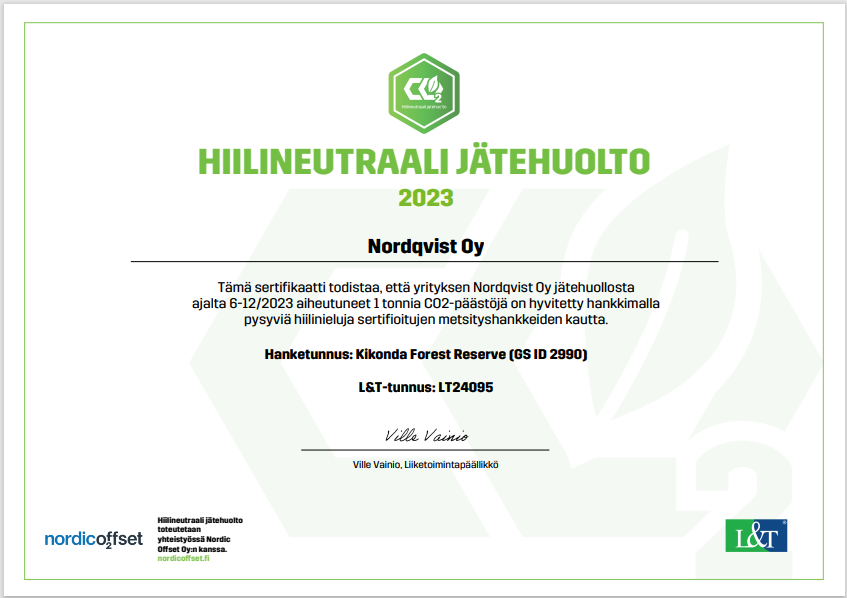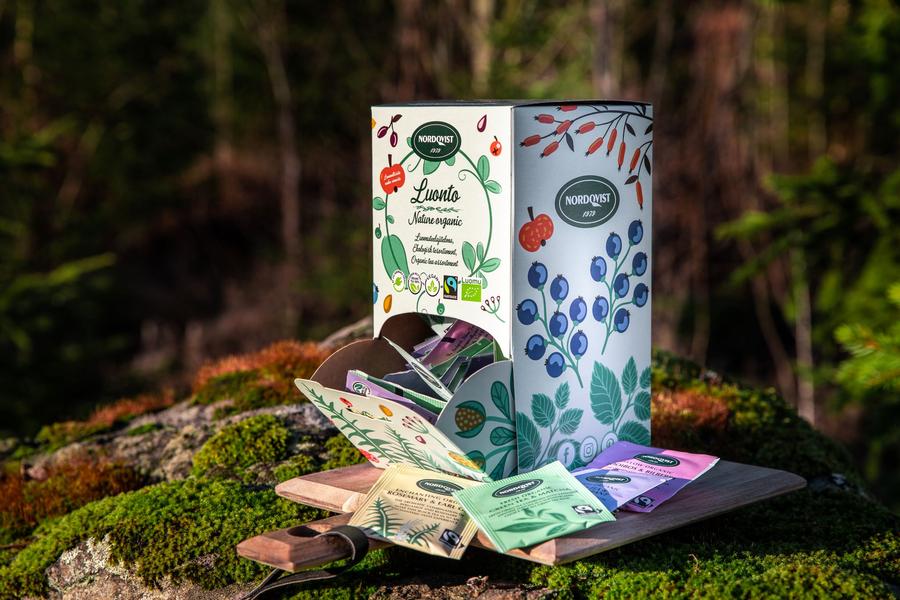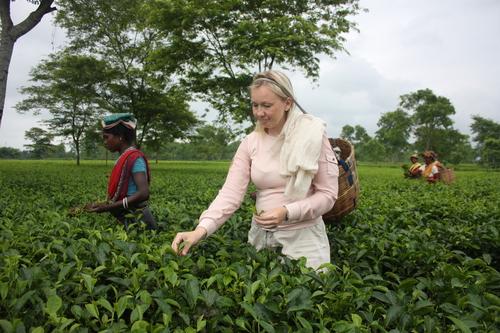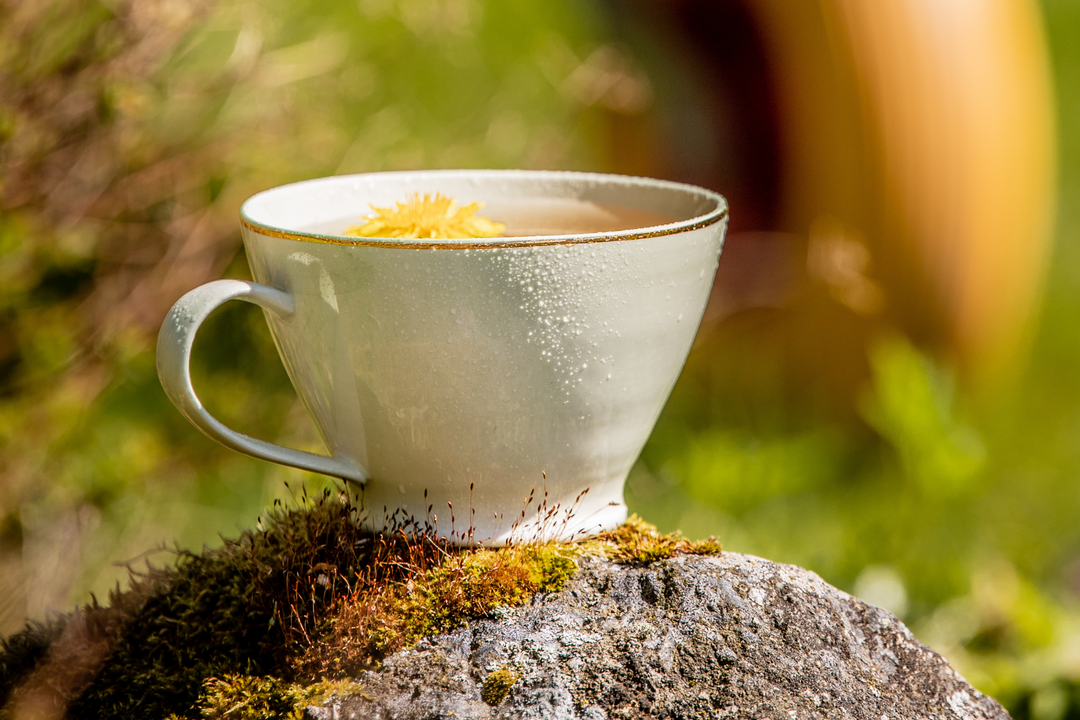Matcha makes awareness

Traditional green tea
Matcha is green tea that is made by grinding the leaves of the tea plant. It has traditionally been used in Japanese tea ceremonies, but today matcha is enjoyed both in everyday life and at parties in different parts of the world.
Different ways of using matcha in food and drinks have continuously increased their popularity. Matcha can be enjoyed as a tea or added to give flavor and color to, for example, cakes.
Matcha differs from other types of tea in terms of its cultivation, preparation method, taste and ingredients. Matcha is characterized by:
- bright green color
- powdery, dusty texture
- sweet taste.
Properties of Matcha
Matcha is a tea rich in good ingredients, which is partly due to the cultivation of the tea and partly to its production.
Matcha is high in caffeine. Since powdered tea is mixed with water as it is, all the ingredients contained in the tea leaves become available to the drinker. In other types of tea, some inevitably remains in the tea leaves.
Matcha contains beneficial ingredients for the body, such as vitamins and catechin. They strengthen immunity, and can be helpful in other matters as well. Read more about the ingredients and benefits of matcha:

Using matcha
Matcha can be enjoyed in various drinks and can also be added to dishes and desserts. The taste of matcha brings new nuances to even familiar dishes, while the bright green color creates a visual look.
Read how to make these matcha tea and the delicacies that use it:
Matcha tea is traditionally made with a bamboo whisk and other Japanese accessories. Matcha powder is measured in a container with water and mixed until a dense layer of foam forms on the surface. The preparation is also possible with tools found in every kitchen.
See what the traditional matcha preparation tools are, and what you can replace them with if necessary:
Matcha tea is sold in jars or packets, from which it is dosed according to one's taste. The opened package should be used rather quickly and stored carefully. For example, spices, humidity and sunlight can weaken the taste experience.

Matcha production
Matcha is grown in the leaves of the tea plant, just like other types of tea. However, there are stages in upbringing that differ from others. A few months before the tea plants are harvested, the tea plants begin to be shaded. This way the leaves grow bigger and thinner. At the same time, good ingredients and leafy greens accumulate in them, which gives matcha its characteristic color.
The finished leaves go through a multi-stage manufacturing process, during which they are carefully cleaned. Finally, using stone mills, the leaves are ground into a dusty powder, i.e. matcha.
The History of Matcha
Matcha has made headlines in recent years, but its drinking roots go back nearly a thousand years to China. From there, matcha made its way to Japan, where this powdery tea became a symbol of spirituality on the one hand and wealth on the other.
In Japan, matcha was used in tea ceremonies. Making and drinking tea strengthened relationships between people. Later, tea ceremonies have become schools of thought, all of which have their own ways of consecrating a moment to matcha tea.
In the tea ceremony, harmony, respect, purity and peace are combined with tea.
Check out the selection
In our online store, you can find all the equipment needed to make matcha, from tea powder to a chasen bamboo whisk. You should try this coveted delicacy at home!










